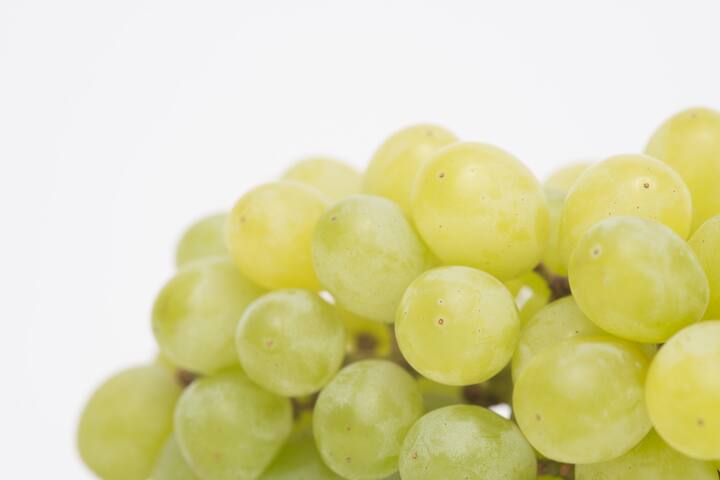
The origin of the seedless grape
7 October 2024
The origin of the seedless grape
In recent years, many new grape varieties have become commercially available. Consumers now have a wide range of varieties to choose from, each with its own characteristics and qualities. Which variety is the best?
Long ago, all grapes had seeds
In the past, all grapes had seeds. Due to their short shelf life, they were mainly processed into raisins. To do this, the seeds had to be removed. To reduce costs, many people did this themselves by pressing the seeds through the skin. This was a tedious task, and devices were even designed to assist with this process.
Another method was also often used. People heated the grapes in water to fill them and soften the skin before cutting them open and removing the seeds by hand. Bringing the sugar from the fruit to the surface during the process resulted in a very sweet and long-lasting raisin.
The first seedless grape
In 1870, William Thompson, owner of a vineyard in California, introduced a special grape variety. The most important feature of this grape was that it was seedless. He named the grape variety “Thompson's Seedless”.
Although this variety is smaller than seeded varieties, it has a high sugar content, ripens early, is a good size and is easy to transport. It is a white (light green) grape, also known as the Sultana grape. This “new” grape had great commercial potential for making wine and as a tasty table grape.
It also had the right characteristics for making good raisins. Today, most raisins are also made from the same Thompson's Seedless. The Thompson's Seedless quickly became the most important grape variety in California's lucrative grape industry. More than two million grapevine cuttings were purchased by growers throughout California in the twenty years after Thompson planted the first cutting.
The first seedless grapes were introduced in Europe around 1985. Since then, Thompson's Seedless has rapidly taken over the market from seeded grapes. Seeded grapes are now only sold in Western Europe during the Italian grape season.
Quality in the grape market
In recent years, many new grape varieties have become commercially available. This offers unique opportunities for retailers and suppliers to further improve and differentiate the taste experience for consumers.
We continuously monitor quality in the grape market. At certain times of the year, we count more than twenty different red seedless grape varieties on the European market. So which variety is the best?
Your partner in the world of fruit and vegetables
The quality and availability of fruit and vegetables fluctuate constantly. In addition to daily tasks such as inspecting fruit and vegetables, there are new challenges. These include reducing packaging materials, the increasing focus on taste, the fruit and vegetable knowledge of new staff, improving specifications, optimising seasonal transitions and introducing new cultivation techniques.
In this complex fruit and vegetable world, Normec Foodcare is your partner. We give you control over the quality of fresh produce. We do this by:
Monitoring quality in supermarkets
Product comparisons
Shelf life testing
Taste testing
Store inspections
Product specifications
Secondment of inspectors & quality managers
Fresh produce quality training
Our team of fruit and vegetable experts and inspectors is there for you. With many years of knowledge and experience, we know better than anyone how you, as a grower, importer or supermarket chain, can make a difference in fruit and vegetables.
Need help?
We are happy to help you with complex quality issues. Together with you, we make a difference in the daily lives of consumers. See what we can do for you or contact us. Our AGF experts are happy to help you.
Auteur: Karin Gorree
Director Quality & Business Development